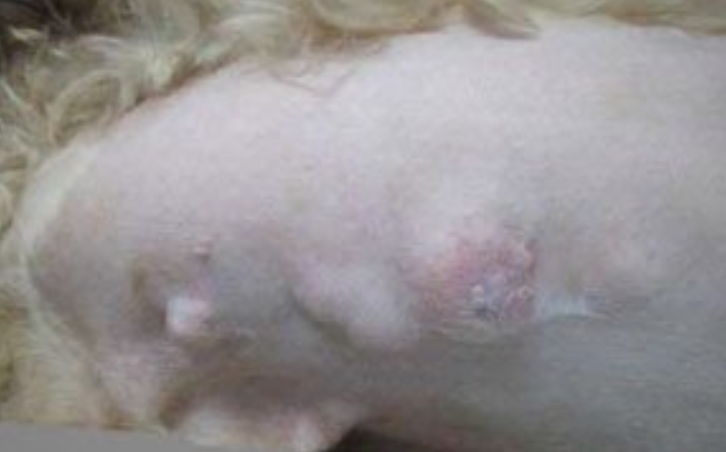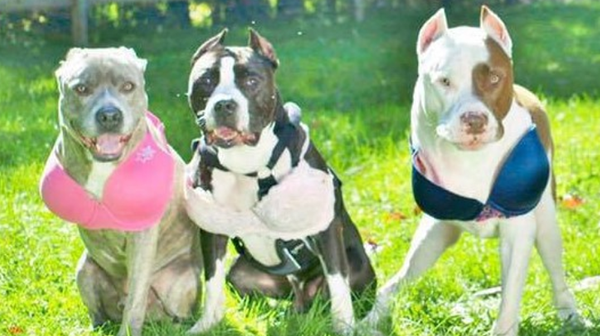October is not only reserved for the spooky! October in the United States is also Breast Cancer awareness month for humans and pets alike!
Breast cancers in dogs are often referred to simply as mammary tumors. This disease usually strikes approximately one in four unspayed female dogs over the age of two. That’s a lot of pets. Although it is rare, male dogs may also develop breast cancers. Breast cancer in males tends to metastasize aggressively. So this October we are going to celebrate knowledge, commitment and care of our four-legged friends when it comes to this deadly disease!

can·cer/ˈkansər/noun
- a disease caused by an uncontrolled division of abnormal cells in a part of the body.
- a malignant growth or tumor resulting from the division of abnormal cells.
plural noun: cancers
- a malignant growth or tumor resulting from the division of abnormal cells.
| synonyms: | malignant growth, cancerous growth, malignant tumor, |

The causes of cancer are not well understood in either humans or canines. The causes of breast cancer in dogs may have a hormonal component as spaying a female dog before their first heat nearly eliminates the possibility of developing mammary tumors. This is a statistic that most pet owners do not know or don’t understand. Dogs spayed before their first heat cycle have a 0.5 percent chance of developing memory tumors. After many heat cycles, dogs have a 1 in 4 chance of being diagnosed with breast cancer. If spayed after their first heat, but before the second, the risk of future breast cancer is approximately 8%. Half of the mammary tumors found in canines are benign, and of the half that is malignant, most can be successfully treated with surgery if caught early enough.
Genetics also plays a factor as certain breeds seem to be predisposed to developing breast cancer. Dog breeds that may have an increased chance of developing mammary tumors include: Boston Terrier, Brittany Spaniel, Cocker Spaniel, Dachshunds English Setter Fox Terrier German Shepherd Pointer Poodle
Male dogs that do develop breast cancer and, sadly, their prognosis is not good because this type of breast cancer is very aggressive. These mammary tumors are most often malignant and are based on breed and genetics more commonly than age and heat cycles.
Signs of Breast Cancer in Dogs
Similar to human breast cancer, mammary tumors in dogs can range in size. Breast tumors in dogs often grow quickly with an irregular shape. Small tumors that have been present for a while can suddenly grow aggressively. As with most other types of cancer, once malignant tumors in dogs start to grow, the cancerous cells can spread to other parts of the body.
If you find a lump on your dog, do not wait to go to the veterinarian. It is always best to play it safe and have your dog examined by a licensed veterinarian who will perform a biopsy. Half of all mammary tumors in dogs are benign, but do you really want to play guessing games when it comes to your dog’s health? Loving your pet means asking questions and if you see or feel something you think isn’t right never hesitate. Early detection is key!


